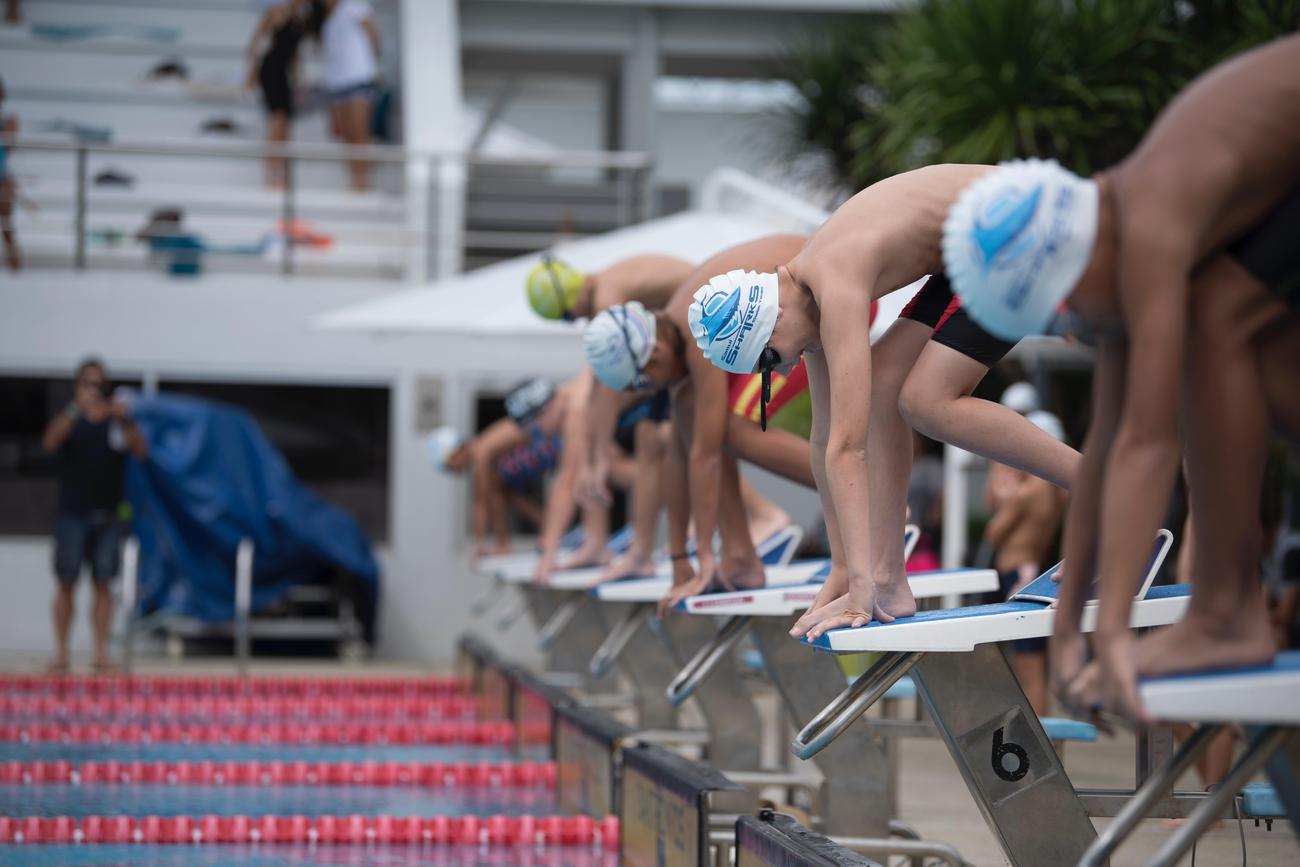Get ready for a dive into the captivating history of swimming! In this article, we’ll embark on an exciting journey through time, uncovering fascinating facts and revealing the remarkable evolution of this beloved sport. From ancient rituals to modern-day championships, we’ll explore the milestones, lesser-known anecdotes, and pivotal moments that have shaped swimming into the dynamic and exhilarating activity it is today. So, fasten your goggles and take a deep breath as we immerse ourselves in the rich tapestry of swimming’s past!

Swimming History Facts
In the rich tapestry of sporting history, few activities have as fascinating a story as swimming. From its ancient origins to its evolution as a competitive sport, swimming has captured the imagination of people throughout the ages. Join me as we dive into the depths of swimming history and uncover some captivating facts that reveal the evolution of this incredible sport.
Ancient Beginnings: From Egypt to Greece
Swimming can trace its roots back over four millennia to Ancient Egypt, where it was not only a form of recreation but also an essential skill for survival and trade. The Egyptians were known for their advanced civilization, and their love for water extended beyond the Nile River to the creation of swimming pools for both bathing and exercise. Fast forward a few centuries to Ancient Greece, and we find a society that embraced swimming for similar purposes. Bathing in the sea and swimming pools became a popular pastime, and the Greeks even saw the value of swimming as a means of exercise. The Romans later followed suit, with swimming pools and bathhouses used for leisure and recreation in their vast empire.
“Unraveling the layers of swimming history takes us back to the splendor of Ancient Egypt, where this timeless activity first made a splash. From there, the Greeks and Romans dived into the world of swimming, embracing it for bathing, exercise, and sheer enjoyment.”
The Birth of Competitive Swimming
While swimming had been enjoyed for centuries, it wasn’t until the early 19th century that it truly began to evolve as a competitive sport. In England, the introduction of the first indoor swimming pool in the early 1800s marked a turning point. As more pools were built, swimming became a popular pastime, and in 1837, the National Swimming Society was formed, hosting championships that saw swimmers compete in various distances and styles. The sport continued to grow in popularity, leading to the formation of the Amateur Swimming Association in 1880. And in 1896, swimming took its place on the grandest stage of all – the Olympics.
“From its humble beginnings in England to the global stage of the Olympics, competitive swimming emerged as a thrilling and highly-regarded sport. The formation of swimming societies and associations laid the foundation for the incredible journey swimming was about to embark upon.”
Diving into the Olympic Waters
The introduction of swimming to the Olympic Games in 1896 marked a milestone in the history of the sport. Initially, only men were allowed to compete, and there were just two categories of Freestyle events. However, over the years, swimming’s presence in the Olympics expanded with the addition of new events and the inclusion of women in the competitions. Today, we witness a dazzling array of swimming styles and strokes, from the freestyle to the butterfly, backstroke, and breaststroke. The Olympics serve as a testament to how swimming has evolved and diversified, captivating audiences with its grace and power.
“As the first drops of swimming entered the Olympic pool, it marked the beginning of an extraordinary journey. From a limited number of events to the inclusion of women on the world’s biggest sports stage, swimming has become a spectacle that astounds and inspires.”
Technological Advances: Making a Splash
Swimming’s evolution is not solely attributed to the skill and determination of its athletes. Technological advancements have played a significant role in enhancing the sport. Temperature-controlled pools provide ideal swimming conditions, ensuring that times and performances reach new heights. Anti-wave lane ropes streamline races and create fair competition, while goggles offer swimmers clear vision underwater. These innovations have revolutionized the sport, enabling swimmers to push their limits and achieve unprecedented feats.
“In the modern era of swimming, technology has made waves of its own. From perfectly controlled waters to aids that enhance performance, swimming has embraced the advancements that allow athletes to reach unparalleled heights in the pool.”
Conclusion: The Deep Waters of Swimming History
As we embark on a journey through swimming history, we uncover a treasure trove of fascinating facts that reveal the profound evolution of this beloved sport. From its ancient roots in Egypt and Greece to the birth of competitive swimming in England and its inclusion in the Olympics, swimming has stood the test of time. Technological advancements have propelled the sport forward, ensuring that the boundaries of what is possible continue to be pushed. So, the next time you witness the grace and power of a swimmer gliding through the water, remember the remarkable journey that has brought us to this moment.
“Swimming is more than just a sport; it is a testament to human resilience and the capacity to excel. From its ancient beginnings to the present day, swimming has woven itself into the fabric of our history, leaving behind a wake of captivating stories and incredible achievements.”
Swimming is not only a popular recreational activity but also has a rich historical background. Dive into the fascinating world of swimming history with these 10 historical facts. Did you know that swimming dates back to ancient civilizations such as Egypt and Assyria? Take a dip into the past by clicking on this link: 10 Historical Facts About Swimming. Get ready to be mesmerized by the intriguing stories and astonishing milestones that have shaped the sport of swimming throughout the centuries.
FAQ
Q: When did swimming become a competitive sport?
A: Swimming became a competitive sport in Britain in the 1830s with the formation of the National Swimming Society and the holding of championships.
Q: When was swimming introduced to the Olympics?
A: Swimming was introduced to the Olympics in 1896 as a men’s sport with two categories of Freestyle.
Q: What are some of the technological advances in swimming?
A: Some technological advances in swimming include the introduction of temperature-controlled pools, anti-wave lane ropes, and goggles.
Q: How far back does the history of swimming go?
A: The history of swimming dates back to 2500 BC in Ancient Egypt, making it an ancient activity.
Q: Which organization was formed in 1880 to govern swimming as a sport?
A: The Amateur Swimming Association was formed in 1880 to govern and promote swimming as a sport.
- Mastering Leader in Spanish: The Complete Guide - April 19, 2025
- Uncovering Surprising Parallels: England Size Compared to US States - April 19, 2025
- Old Mexico Map: Border Shifts 1821-1857 - April 19, 2025
















